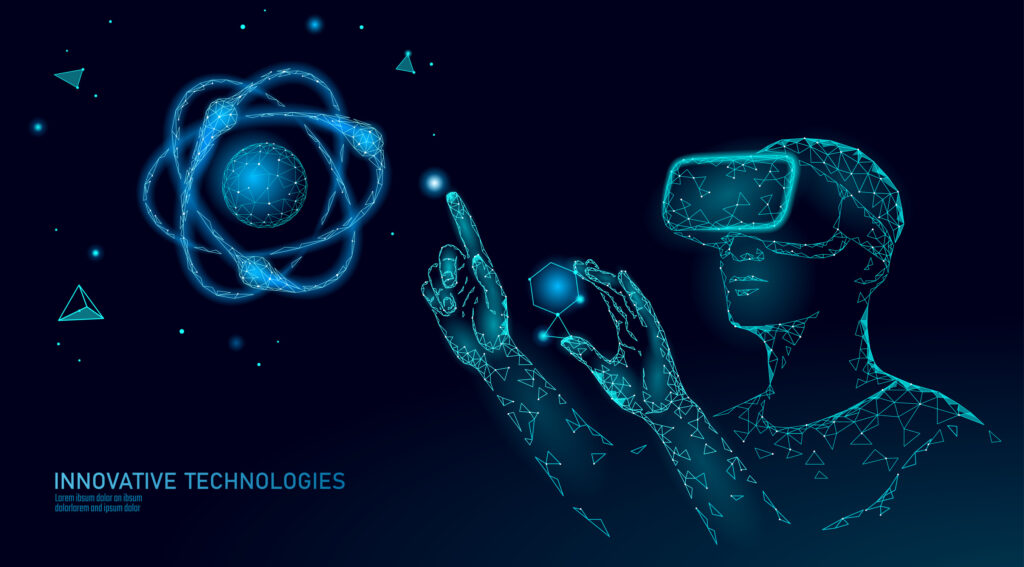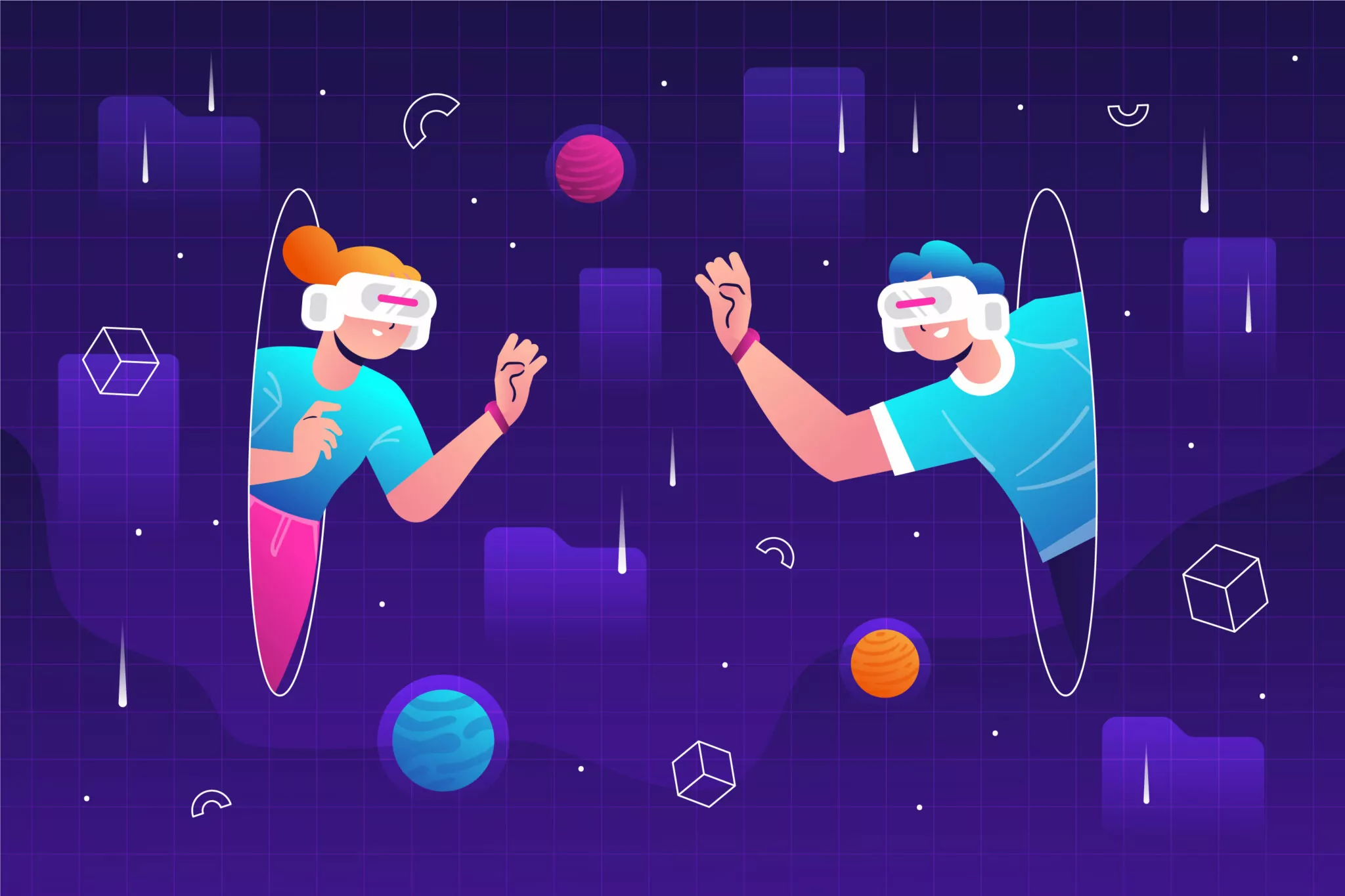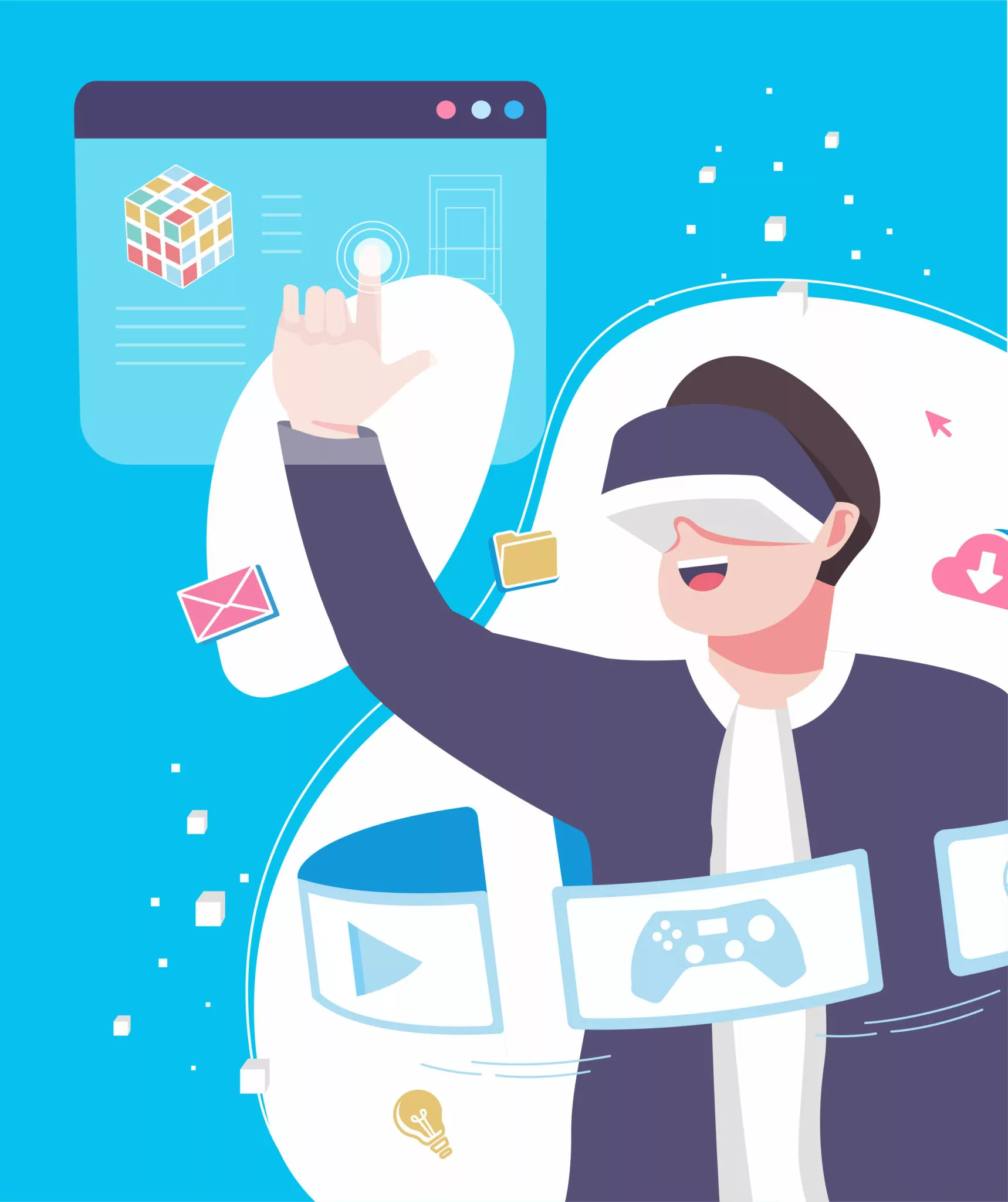
Top 10 benefits of assessments in VR
One factor that has greatly impacted hiring trends is the economic uncertainty. In a fast-changing economic environment and global recession, candidates are looking for employers that offer them high salaries that will help them cope with the rising prices. Besides salaries, candidates are looking for great experience. Therefore, it has become necessary for businesses to streamline their hiring processes to offer a seamless experience. In such a scenario, remote hiring comes as a solution that overcomes the shortcomings of the traditional hiring processes.

Rising trend of online assessments
The pandemic forced organisations to hire candidates remotely in 2021. Online assessments, interviews, etc., became the most effective hiring methods. When recruiters experienced the benefits of remote hiring, it became more widely accepted. And, the trend continues in the post-pandemic era as well.
Technology is an essential component of remote hiring. Artificial Intelligence (AI) in hiring has changed several aspects of hiring to make it a seamless process for both businesses and candidates. Recruiters can create assessments to accurately test the personality, knowledge, skill sets, cognitive ability tests, soft skills tests, and more. AI-based assessments boosted the efficiency and effectiveness of online assessments. AI tools eliminated bias in hiring and offered insights to make better hiring decisions.
Data shows that 75% of companies are using recruitment and interviewing tools. And, this trend is continuing in 2023.
Gaps in current assessment practices
Although AI tools enhance the efficacy of online assessments, they are limited in their scope. For instance, they cannot check the repetitive structure of wording in candidate responses.
It is also difficult to verify if a candidate is reading answers from a script in an online interview.
Another aspect that impacts remote assessments is the fact that the current education system focuses on imparting only theoretical knowledge to students. While students may excel in theory, they may lack the ability to apply their knowledge in real-life situations. In other words, there is a gap between knowledge and its application.
Online assessments can test only the knowledge of the theoretical concepts of a candidate. Such assessments may not help in recruiting the right talent. Hence, there is a need to create assessment methodologies that facilitate testing the candidate in real-life situations. The reaction and response of a candidate in such situations and their ability to solve real-life problems will reveal much more about the candidate than traditional assessments whether online or offline.
Such assessments will help the organisation observe the body language of the candidate to the circumstances to which they are exposed.
Designing such assessments will also give the candidate a “feel” of what they can expect in their job role when hired. They can make a more informed decision about whether they would like to take up the role or not.
Assessments that can help organisations assess the practical knowledge and abilities of a candidate that seemed far-fetched a few years ago.
Enter Virtual Reality in Assessments!
It solves all the problems of traditional assessments!
And, it has transformed how assessments are conducted!
What is Virtual Reality (VR)?
Virtual Reality is a simulation of a 3D environment that approximates reality. The users can interact in the virtual surroundings as perceived by their senses.
Computer hardware and software create the virtual surroundings and the user might need to wear goggles or helmets to experience the virtual reality.
By wearing the headset, the user can be transported to a virtual world with others wearing the virtual headset.
VR “transports” a user in a 3D experience. Instead of looking at a computer screen, users interact with 3D worlds.
VR has made inroads in several areas like training, e-commerce, recruitment, and more. The VR market is expected to grow at a CAGR of 31.4% from 2021 to 2028.
Assessments in VR have gained traction in recent times because they facilitate testing candidates far beyond their theoretical knowledge and skill sets.
Elements of assessments in VR
VR is used with AI to offer a seamless hiring process. For working with VR, an individual needs:
- 3D glasses or goggles.
- A wired or wireless headset. There are different types of headsets for using with a PC/smartphone or using without these devices. VR headsets are available such that an individual can enter a virtual world without a PC or smartphone. However, when VR is used for assessments, the user will require headsets that connect to PC/smartphones.
- While using VR, the users will need to have free space around them so that they can move freely.
- Some VR headsets have sensors that help track the movements of the user in the virtual environment.
How is virtual reality a game changer in online assessments?
Unlike traditional assessment techniques, an immersive VR environment helps capture and analyse more comprehensive data. VR offers a more realistic assessment experience by bringing the workplace closer.
The assessment can be 100% aligned with the workplace environment. It helps assess the realistic performance of the candidate in a VR environment.
By simulating VR through an authentic learning and assessment experience, recruiters can assess candidates on the actual tasks at hand instead of knowledge-based assessments. Assessments can be rolled out in a manner that all senses of the user are engaged.
Immersive data tracks the candidate’s movement and behaviour throughout the assessment. This data is collected continuously throughout the assessment. This includes data about the hand, head, eye, and other physical movements. Details such as the duration of a movement, and time taken to complete an action can all be recorded. Currently data sets available in VR are the most up-to-date because they track every minute detail throughout the assessment process.
Technology also helps in including multiple candidates in the same assessment environment from remote locations across the globe.
Recruiters can deploy VR to create virtual office tours and interviews for candidates who are remotely located. Such tours offer an immersive experience for candidates to get a “feel” of the office culture and visualise themselves in the role.
VR also facilitates gamification in assessments which makes the process more interactive.
Assessments in VR offer several benefits to recruiters and are therefore finding widespread acceptance.
Benefits of assessments in VR
1. Accurate insights
Assessments in VR provide insights into how quickly and accurately a candidate completed the test. Fully immersive interviews conducted in VR also enable recruiters to visualise candidates in their workplace and assess their fitment.
2. Cost-effective
VR offers a cost-effective hiring solution because it facilitates assessing multiple candidates throughout the process. Therefore, companies save on the expenses they would have incurred in arranging numerous interviews.
3. Help attract top talent
Assessments in VR eliminate geographical barriers in recruitment. Hence, recruiters can attract top talent from remote locations. Candidates can participate in the assessment from a place of their convenience without having to travel to the business location.
4. On-the-job assessments
VR facilitates an immersive on-the-job assessment of a candidate’s abilities. Assessments in VR provide insights as to whether or not a candidate has the knowledge to suit a job role.
5. Boost your brand
VR in assessments showcases their innovative positioning. It helps businesses showcase their brand to candidates by organising virtual tours, etc. Candidates can get a better idea about the organisation’s work culture and how things are run from remote locations.
6. Gamification
Assessments through gamification help identify the actual skills and abilities of the candidate early on. Besides it also helps shortlist more relevant applications because candidates who are not interested in the gaming option will self-select out.
7. Faster hiring
VR facilitates assessing several candidates in the same timeframe. When coupled with ATS, it helps shortlist candidates with the required skills.
8. Eliminates bias
VR-based assessments are conducted much before a human can step in. Therefore, the hiring process is free of conscious and unconscious bias.
9. Facilitates D&I hiring
VR-based assessments are more inclusive since they are not restricted to candidates who can travel to the offer location. Organisations can reach out to a wider talent pool across geographies and offer assessments to candidates of diverse nationalities, ethnicity, genders, etc.
10. Boosts candidate experience
Assessments in VR boost candidate experience because they help them gauge the workplace without being there. It is not only convenient but also enables them to make decisions based on their experience. Candidates save time and effort invested in the hiring process by enjoying an immersive experience from a location of their choice. VR assessments are much quicker than other formats and save time.
Seamless VR assessments with HirePro
HirePro is an AI-based recruitment platform that makes the hiring process seamless for both recruiters and candidates. The platform can enhance the effectiveness of online assessments by offering an immersive experience to the candidates. The platform leverages Virtual Reality technology to create a real-life environment for the candidates.
In Conclusion
VR is a technology that holds a lot of promise for the recruitment ecosystem. As businesses shift towards remote and hybrid working systems, VR technology becomes relevant in making the hiring process seamless. VR also helps businesses boost their brand and offer a great candidate experience.
Resources:

